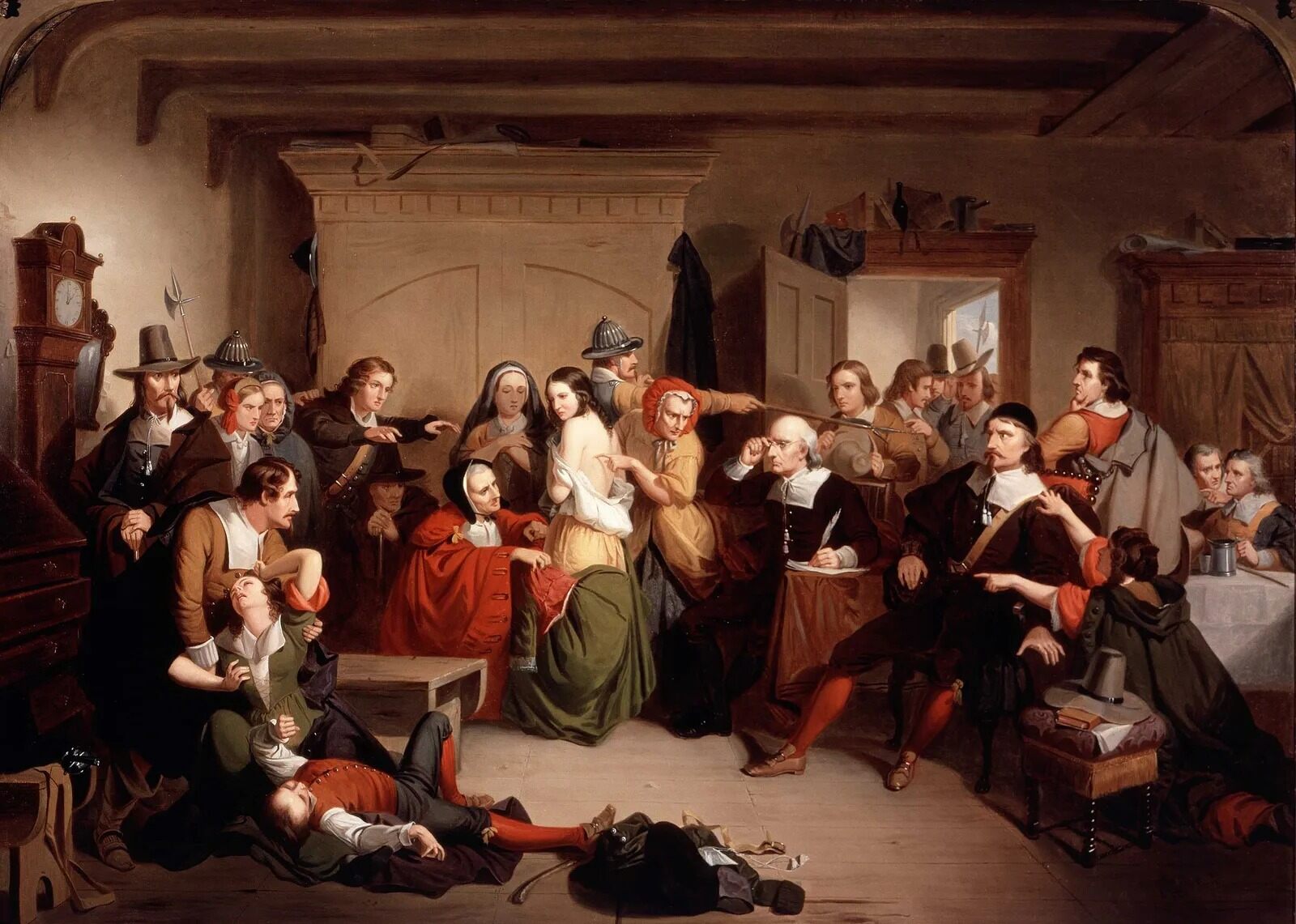
The Salem Witch Trials remain one of history's most intriguing events. But what really happened in 1692 in Salem, Massachusetts? Fear, superstition, and a thirst for power led to a series of trials that saw over 200 people accused of witchcraft. Nineteen were hanged, and one man was crushed to death. These trials were fueled by mass hysteria and paranoia, with neighbors turning against each other. The accused were often women, but men weren't spared either. Why did this happen? Some blame the strict Puritan society, while others point to personal vendettas. Could it have been ergot poisoning from rye bread causing hallucinations? Or was it simply a case of mass panic? Whatever the reason, the Salem Witch Trials serve as a chilling reminder of the dangers of irrational fear and injustice.
The Salem Witch Trials: A Dark Chapter in History
The Salem Witch Trials were a series of hearings and prosecutions in 1692 that led to the execution of 20 people, mostly women, accused of witchcraft in colonial Massachusetts. This period remains one of the most infamous examples of mass hysteria and injustice in American history. Here are some intriguing facts about this grim event.
Origins of the Witch Trials
Understanding how the trials began provides insight into the fear and superstition that gripped the community.
-
The trials started in Salem Village, now known as Danvers, Massachusetts. The panic spread quickly to nearby towns.
-
The first accusations came from two young girls, Betty Parris and Abigail Williams, who claimed to be possessed by the devil.
-
The initial spark was a group of girls experimenting with fortune-telling, which was considered taboo.
-
Reverend Samuel Parris, Betty's father, was a key figure. His sermons often focused on the presence of evil and the devil.
-
The political climate was tense. The Massachusetts Bay Colony had recently lost its charter, leading to uncertainty and fear.
The Accused and Their Fates
The trials led to tragic outcomes for many innocent people.
-
A total of 200 people were accused of practicing witchcraft during the trials.
-
Nineteen people were hanged, while one man, Giles Corey, was pressed to death with heavy stones.
-
Most of the accused were women, but six men were also executed.
-
Tituba, an enslaved woman from the Caribbean, was one of the first to be accused. Her confession fueled the hysteria.
-
Many of the accused were outcasts or had reputations for being different, making them easy targets.
The Trials and Their Proceedings
The legal process during the trials was deeply flawed and biased.
-
Spectral evidence, or testimony about dreams and visions, was accepted in court, despite its unreliability.
-
The Court of Oyer and Terminer was established specifically for the trials, with judges who were not impartial.
-
Accusations often stemmed from personal vendettas or community rivalries.
-
Those who confessed to witchcraft were spared execution, leading some to falsely admit guilt.
-
The trials relied heavily on the testimony of children, who were easily influenced.
The Aftermath and Legacy
The impact of the trials was felt long after they ended.
-
In 1693, Governor William Phips dissolved the Court of Oyer and Terminer, effectively ending the trials.
-
The use of spectral evidence was later declared inadmissible, a significant change in legal standards.
-
In 1697, a day of fasting and soul-searching was declared to atone for the tragedy.
-
The Massachusetts colony eventually admitted the trials were a mistake and compensated the families of the victims.
-
The trials have been the subject of numerous books, plays, and films, including Arthur Miller's "The Crucible."
Cultural and Historical Impact
The Salem Witch Trials continue to fascinate and educate people today.
-
The trials are often cited as a cautionary tale about the dangers of mass hysteria and scapegoating.
-
Salem, Massachusetts, has embraced its history, with museums and tours dedicated to the trials.
-
The phrase "witch hunt" is now commonly used to describe unfair persecution.
-
The trials have inspired countless works of fiction, exploring themes of fear, power, and justice.
-
Modern witchcraft and Wiccan communities often reflect on the trials as a reminder of past injustices.
-
The trials remain a powerful example of how fear and ignorance can lead to devastating consequences.
Salem's Haunting Legacy
The Salem Witch Trials remain a chilling chapter in history, reminding us of the dangers of mass hysteria and unjust persecution. These events, fueled by fear and superstition, led to the tragic loss of innocent lives. They serve as a stark warning about the consequences of intolerance and ignorance. The trials have left a lasting impact on American culture, inspiring countless books, films, and discussions about justice and human rights. Today, Salem embraces its past, using it as a platform for education and reflection. Visitors flock to the town, eager to learn about this dark period and its lessons. By remembering the victims and understanding the mistakes of the past, we can strive for a more compassionate and informed future. Salem's story is a powerful reminder of the importance of empathy and critical thinking in our society.
Was this page helpful?
Our commitment to delivering trustworthy and engaging content is at the heart of what we do. Each fact on our site is contributed by real users like you, bringing a wealth of diverse insights and information. To ensure the highest standards of accuracy and reliability, our dedicated editors meticulously review each submission. This process guarantees that the facts we share are not only fascinating but also credible. Trust in our commitment to quality and authenticity as you explore and learn with us.


